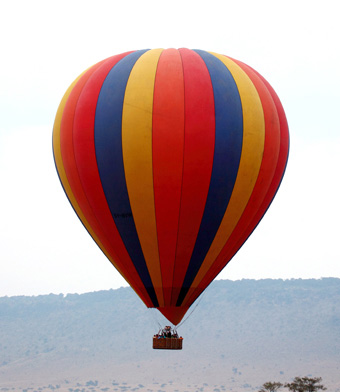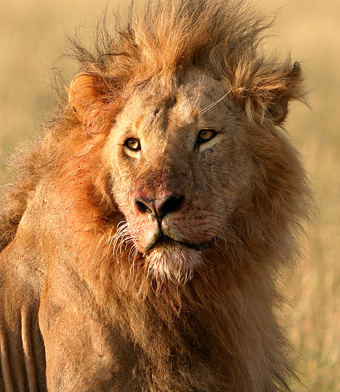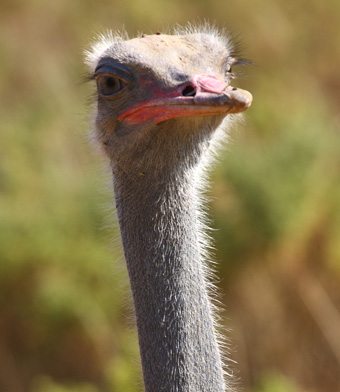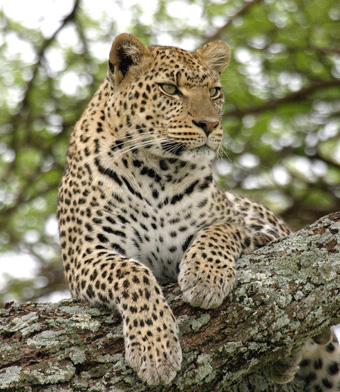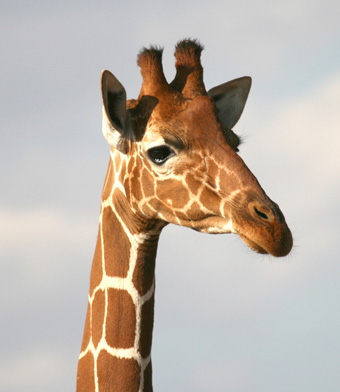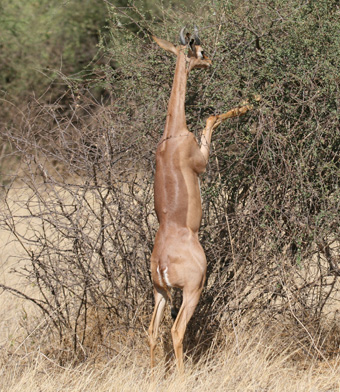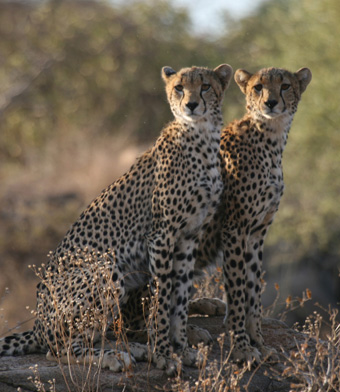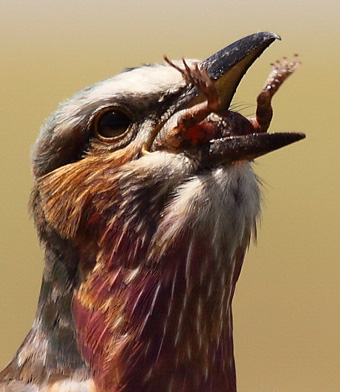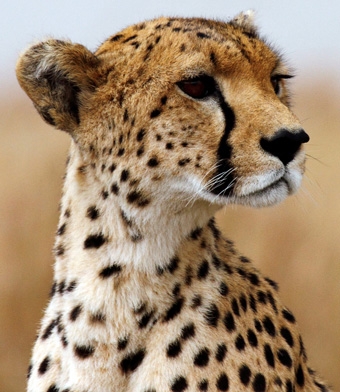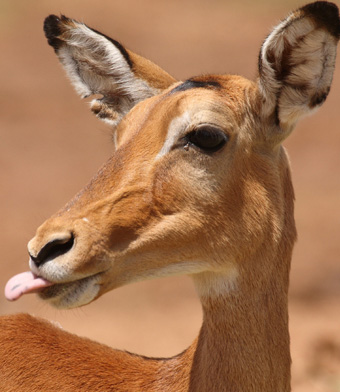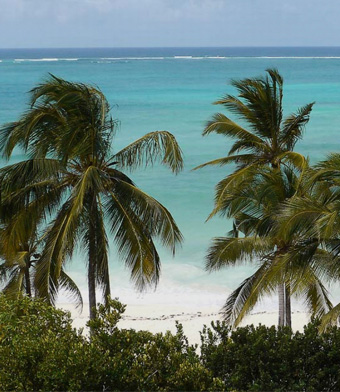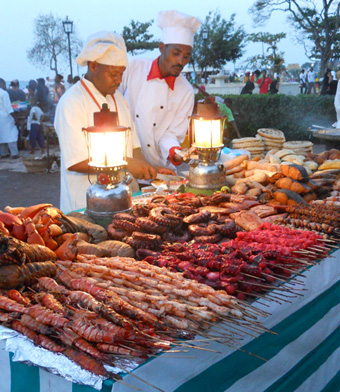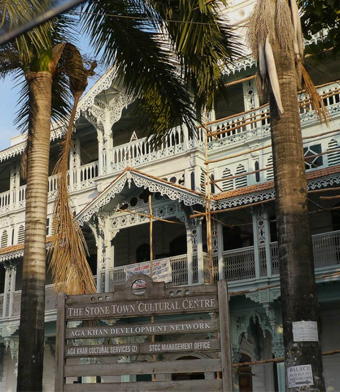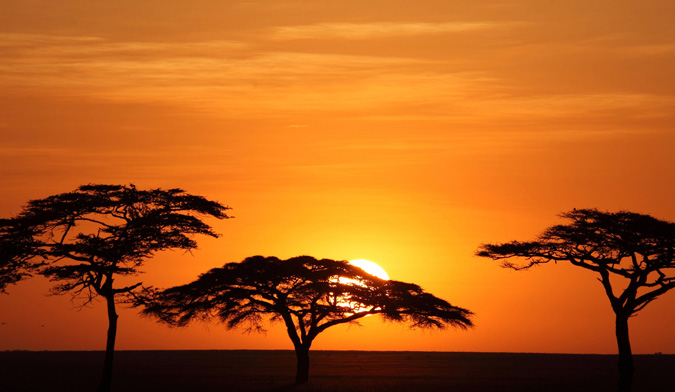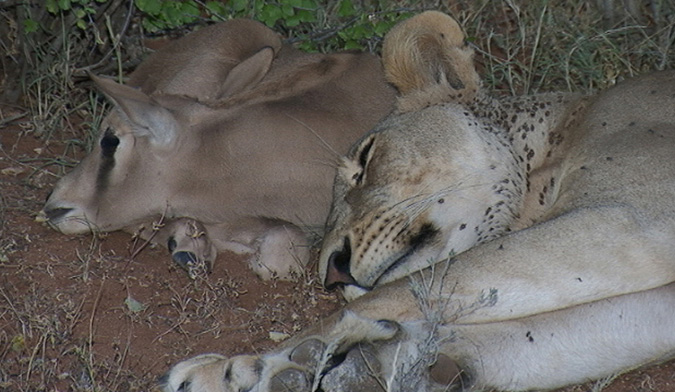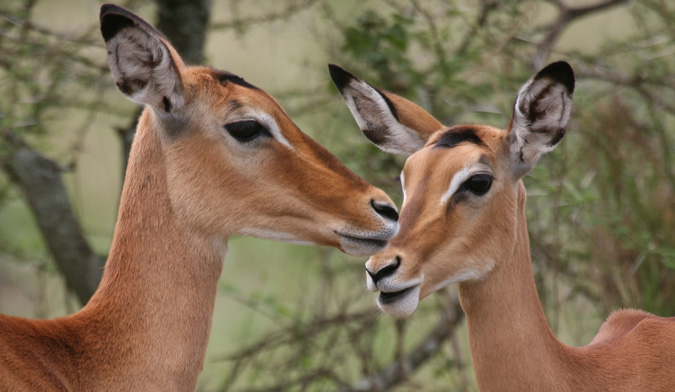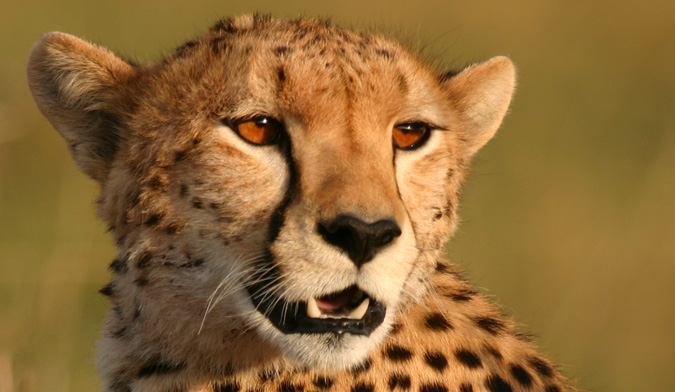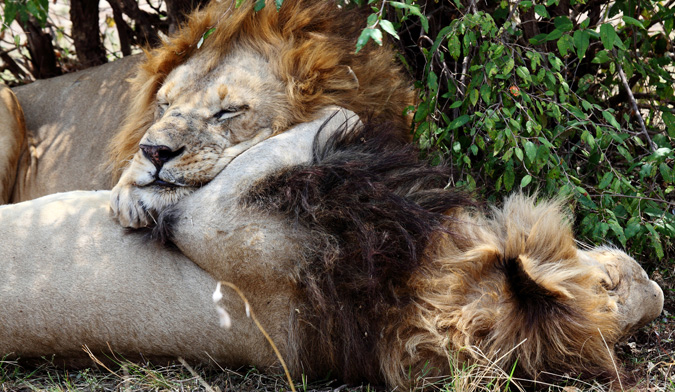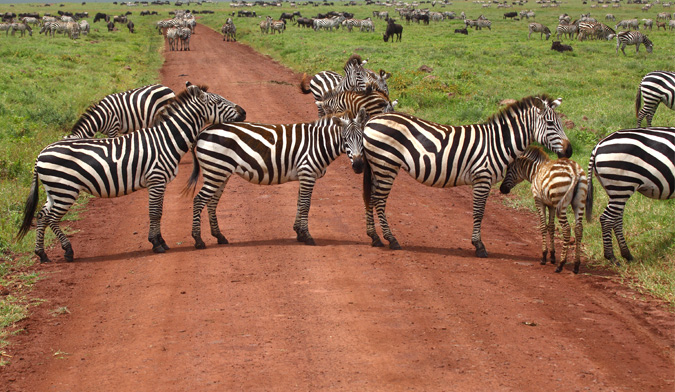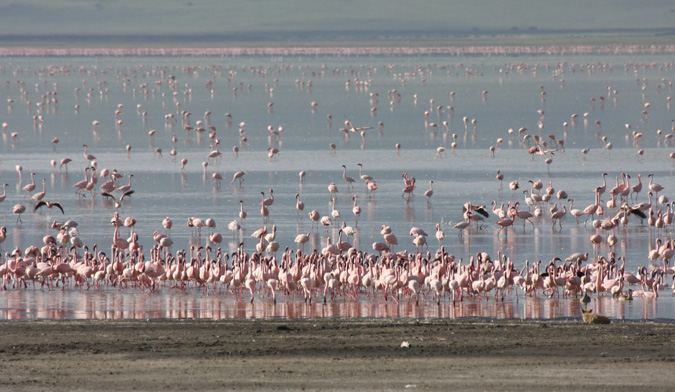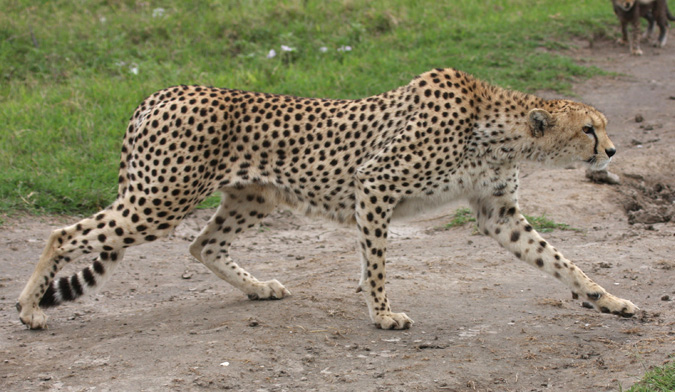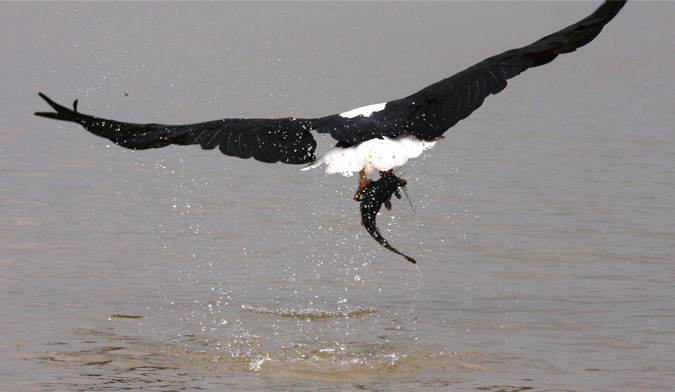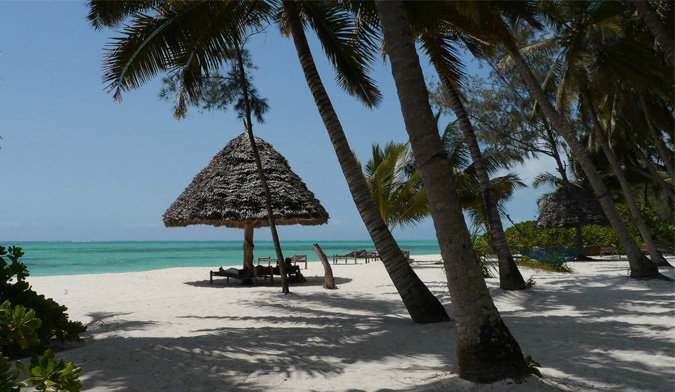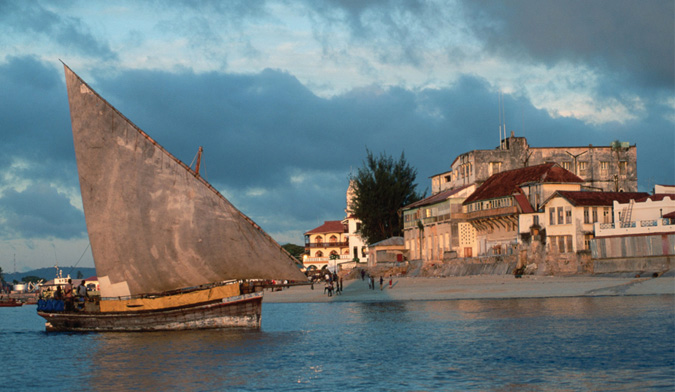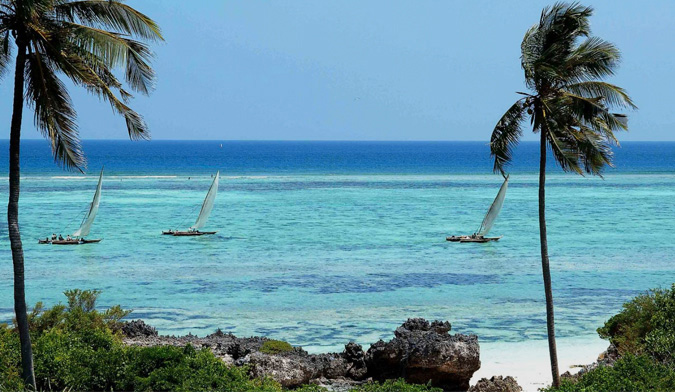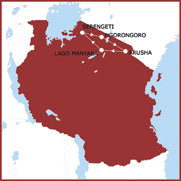 |
durata 4 nights - 4 and a half days place of departure hotel in Arusha reference route KS245 departure day daily on request transport land cruiser 4x4 |
|
- itinerary
- tariff
- lodges
- parks
Day 1 Arusha - Lake Manyara - 130 km / 2h approximately
After lunch (not included), depart from Arusha to Lake Manyara (2hrs). On arrival enjoy a small game drive before your evening arrival at the lodge. Dinner and overnight at tented camp Migunga.
Day 2 Lake Manyara - Ngorongoro - Serengeti Park - 205 km / 5h approximately
After breakfast, depart for Serengeti Park. Stop along the way to visit Ol Duvai Gorge, famous for the discovery of the bones of early hominids. Enjoy an afternoon game drive in Serengeti Park. Dinner and overnight at Ikoma Tented Camp.
Day Serengeti Park
Full day of game viewing. Full board at Ikoma Tented Camp.
Day 4 Serengeti Park - Ngorongoro - 165 km / 3h approximately
After breakfast depart for Ngorongoro taking packed lunches to be in time for a good afternoon of game viewing in the crater of Ngorongoro. Dinner and overnight at Crater Forest Tented Camp.
Day 5 Ngorongoro Crater - Arusha - 190 km / 3h approximately
After breakfast depart for Arusha where you will arrive around midday.
Prices are per person for the entire safari
from 16 december 2014 to 31 december 2015
Basic fee for 2/3 persons:
Price from US$ 2.135 per person in a double room
Basic fee for 4/5 persons:
Price from US$ 1.550 per person in a double room
Basic fee for 6/7 persons:
Price from US$ 1.355 per person in a double room
The safaris are guaranteed with a minimum of two people from 16/12/2013 to 31/03/2014 and from 01/07/2014 to 31/10/2014 and with a minimum of four people from 01/04/2014 to 30 / 06/2014 from 01/11/2014 to 15/12/2014.
The guarantee of a seat is always subject to availability of space in the car and lodges indicated in the itinerary. It may be necessary to reverse the parks in the itinerary without, however, changing its quality.
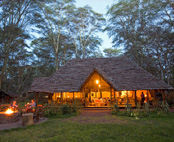 |
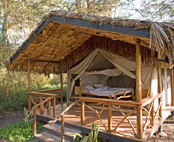 |
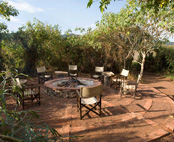 |
Migunga Tented Camp
The Migunga Tented Camp, nestled in a quiet corner of 35 acres of acacia forest, is located just 5 minutes from the entrance to Lake Manyara National Park, a paradise for birds.
The 19 tents are permanent, semi-luxury and built on raised platforms with attached bathrooms and private veranda. All tents are arranged around a central clearing, offering shade and privacy.
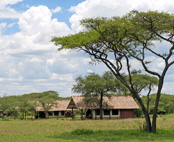 |
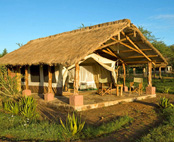 |
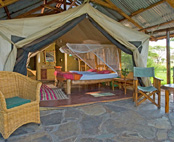 |
Ikoma Tented Camp
Located in the midst of an incredible view of the savannah and the sky, in an ideal location along the route of the wildebeest migration, the camp is located on the border of the famous Serengeti National Park. Each tent has its own bathroom and a private veranda and is furnished in modern style. The central restaurant and bar offer a large fireplace, a great place to relax with a drink after a long exciting day. The camp, being located just outside the border of the national park, you can do night drives and guided walks.
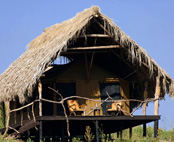 |
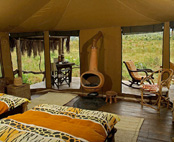 |
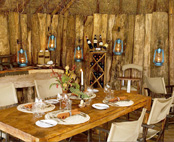 |
Crater Forest Tented Camp
Founded on a coffee plantation at an altitude of 1,800 meters above sea level, the lodge is set in an area directly bordering the Ngorongoro crater.
You can arrange to see how coffee is grown, harvested and processed.
The lodge is managed as an "eco-lodge" built on platforms with a magnificent view over the forest of Ngorongoro. The 15 tents are spacious and all have a bathroom with a hot shower, fireplace and African-style veranda.
Manyara Park
Stretching for 50km along the base of the rusty-gold 600-metre high Rift Valley escarpment, Lake Manyara is a scenic gem, with a setting extolled by Ernest Hemingway as “the loveliest I had seen in Africa”.
The compact game-viewing circuit through Manyara offers a virtual microcosm of the Tanzanian safari experience.
From the entrance gate, the road winds through an expanse of lush jungle-like groundwater forest where hundred-strong baboon troops lounge nonchalantly along the roadside, blue monkeys scamper nimbly between the ancient mahogany trees, dainty bushbuck tread warily through the shadows, and outsized forest hornbills honk cacophonously in the high canopy.
Contrasting with the intimacy of the forest is the grassy floodplain and its expansive views eastward, across the alkaline lake, to the jagged blue volcanic peaks that rise from the endless Maasai Steppes.
Buffalo, wildebeest and zebra herds congregate on these grassy plains, as do giraffes – some so dark in coloration that they appear to be black from a distance.
Inland of the floodplain, a narrow belt of acacia woodland is the favoured haunt of Manyara’s legendary tree-climbing lions and impressively tusked elephants. Squadrons of banded mongoose dart between the acacias, while the diminutive Kirk’s dik-dik forages in their shade. Pairs of klipspringer are often seen silhouetted on the rocks above a field of searing hot springs that steams and bubbles adjacent to the lakeshore in the far south of the park.
Manyara provides the perfect introduction to Tanzania’s birdlife. More than 400 species have been recorded, and even a first-time visitor to Africa might reasonably expect to observe 100 of these in one day. Highlights include thousands of pink-hued flamingos on their perpetual migration, as well as other large waterbirds such as pelicans, cormorants and storks
Serengeti Park
Great stretches of Africa in 1913 were still unknown to the white man when Stewart Edward White, an American hunter, set out from Nairobi. Pushing south, he recorded: "We walked for miles over burnt out country... Then I saw the green trees of the river, walked two miles more and found myself in paradise."
He had found the Serengeti. In the years since White's excursion under "the high noble arc of the cloudless African sky," Serengeti has come to symbolize paradise to many of us. The Maasai, who had grazed their cattle on the vast grassy plains for millennia had always thought so. To them it was Siringitu - "the place where the land moves on forever."
Tanzania's oldest and most popular national park, also a world heritage site and recently proclaimed a 7th worldwide wonder, the Serengeti is famed for its annual migration, when some six million hooves pound the open plains, as more than 200,000 zebra and 300,000 Thomson's gazelle join the wildebeest’s trek for fresh grazing. Yet even when the migration is quiet, the Serengeti offers arguably the most scintillating game-viewing in Africa: great herds of buffalo, smaller groups of elephant and giraffe, and thousands upon thousands of eland, topi, hartebeest, impala and Grant’s gazelle.
The spectacle of predator versus prey dominates Tanzania’s greatest park. Golden-maned lion prides feast on the abundance of plain grazers. Solitary leopards haunt the acacia trees lining the Seronera River, while a high density of cheetahs prowls the south-eastern plains. Almost uniquely, all three African jackal species occur here, alongside the spotted hyena and a host of more elusive small predators, ranging from the insectivorous aardwolf to the beautiful Serval Cat.
But there is more to the Serengeti than large mammals. Gaudy agama lizards and rock hyraxes scuffle around the surfaces of the park’s isolated granite kopies. A full 100 varieties of dung beetle have been recorded, as have 500-plus bird species, ranging from the outsized ostrich and bizarre secretary bird of the open grassland, to the black eagles that soar effortlessly above the Lobo Hills.
As enduring as the game-viewing is the liberating sense of space that characterises the Serengeti Plains, stretching across sunburnt savannah to a shimmering golden horizon at the end of the earth. Yet, after the rains, this golden expanse of grass is transformed into an endless green carpet flecked with wildflowers. And there are also wooded hills and towering termite mounds, rivers lined with fig trees and acacia woodland stained orange by dust.
Popular the Serengeti might be, but it remains so vast that you may be the only human audience when a pride of lions masterminds a siege, focussed unswervingly on its next meal.
Perhaps Dr. George Schaller best encapsulates the Serengeti when he wrote: "Yearning for hope and thriving on dreams, we find what we seek in the Serengeti. At least once in a lifetime every person should make a pilgrimage into the wilderness to dwell on its wonders and discover the idyll of a past now largely gone. If I had to select just one such spot on earth, it would be the Serengeti. There dwell the fierce ghosts of our human past, there animals seek their destiny, living monuments to a time when we were still wanderers on a prehistoric earth. To witness that calm rhythm of life revives our worn souls and recaptures a feeling of belonging to the natural world. No one can return from the Serengeti unchanged, for tawny lions will forever prowl our memory and great herds throng our imagination."
George Schaller. Wildlife Conservation International. Excerpts from.
Conservation Area of Ngorongoro Crater
After winding up through the rain forest on a snaking road and cresting the Crater Rim, the view is breathtaking. Beneath you the entire crater can be seen 600 metres below.
This crater should correctly be called a caldera, when a volcano grows to a great height before collapsing, leaving a crater. This small world of animals has rightly earned a reputation as one of nature’s wonders. It holds as many as 50,000 animals living in a balanced ecosystem of 250 square kilometres. You will see almost every animal from enormous elephants, rhinos, hippos, many species of antelope, lions, leopards, cheetah and much more. There is a large variety of vegetation to enjoy from the verdant rain forests clothing the surrounding rim to the swamps, soda and clear water lakes, expansive plains and soda pans on the crater floor. With a picnic, you can spend the entire day or afternoon in this wonderland holding more ungulates and carnivores per square kilometre than anywhere else in the world.
The area (8,228 sq. Km) extends out from the crater and includes vast plains and the famous Olduvai Gorge, where the Leakey family discovered some of the oldest fossil bones of our ancestors.
In this vast area there are other craters, such as Olmoti, Lake Empakaai Crater, Mount Oldonyo Lengai and the Gol Mountains, offering those who want to venture into this wilderness for an exciting "off road" experience. A choice to suit all tastes.
